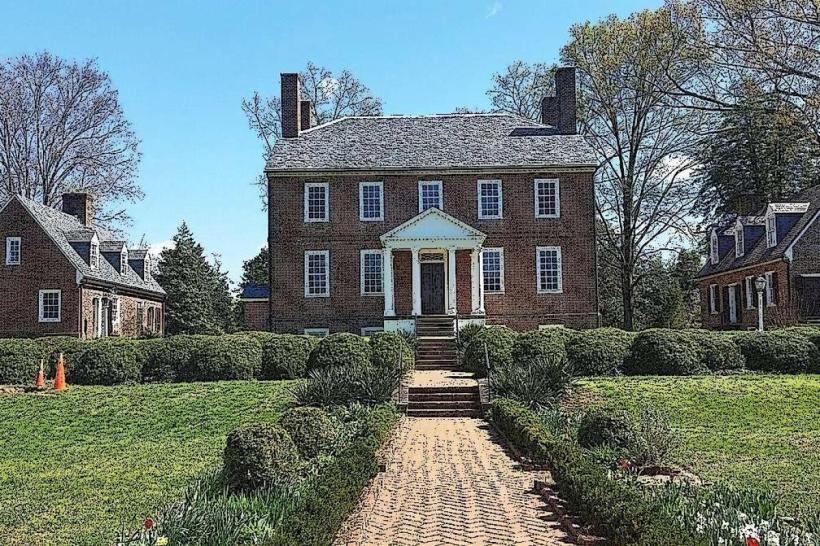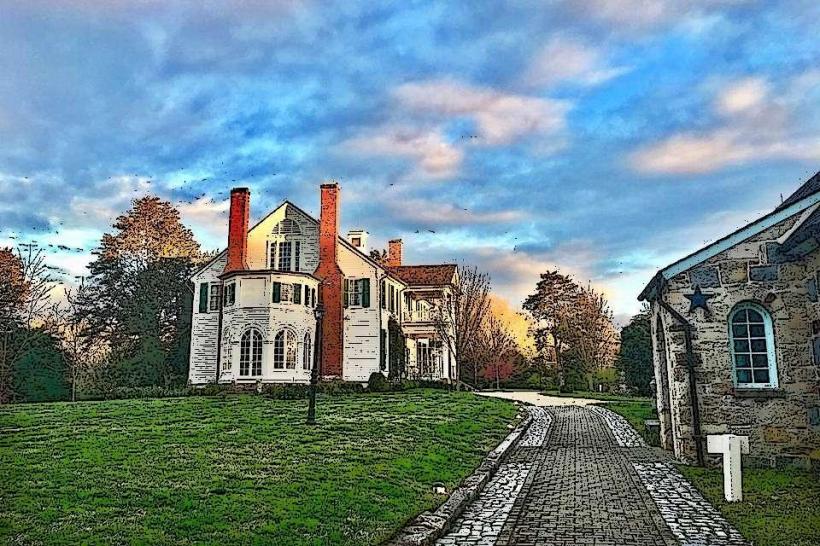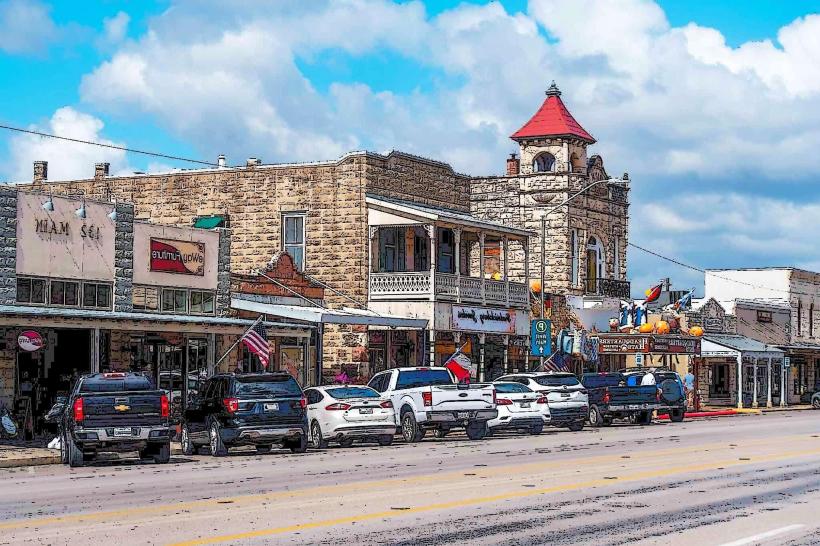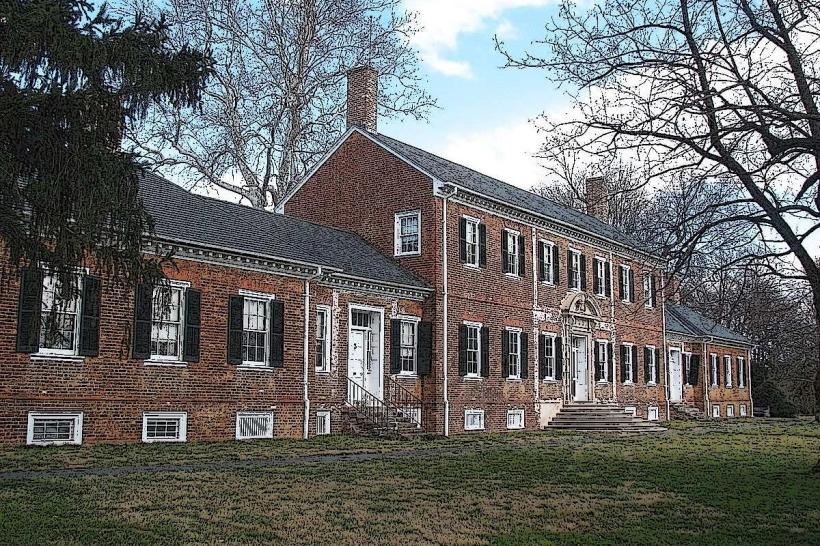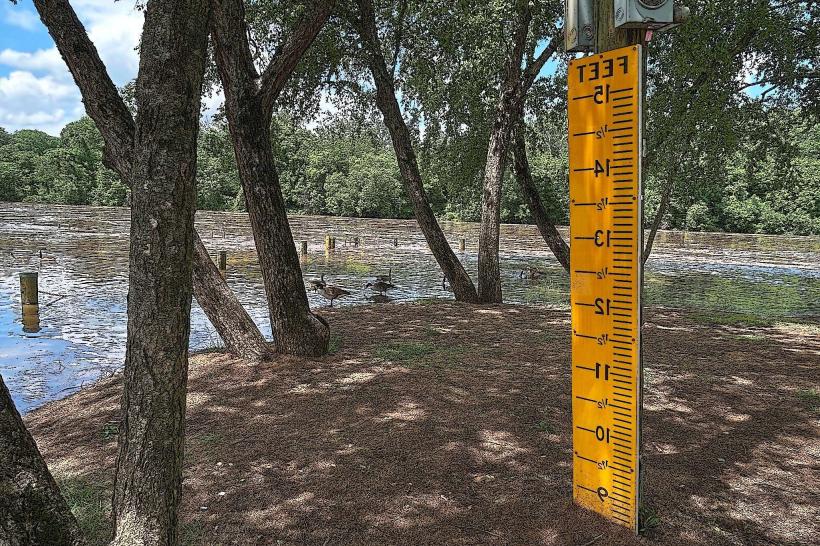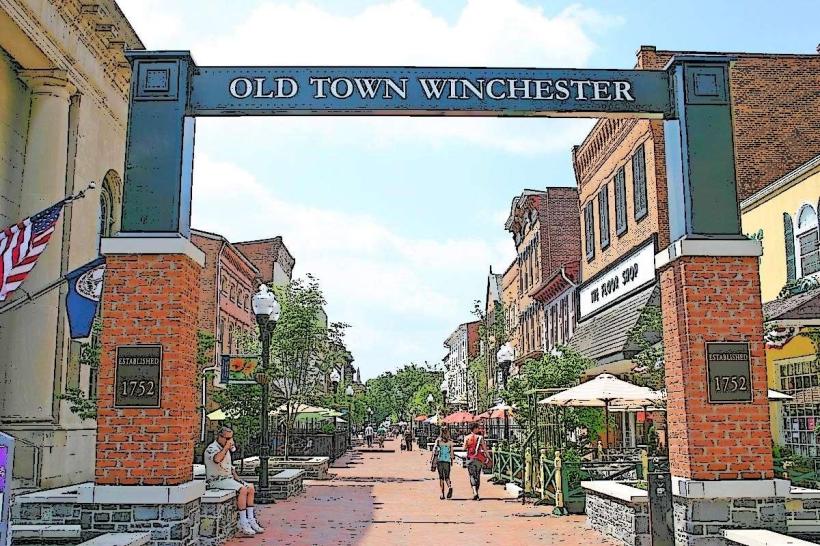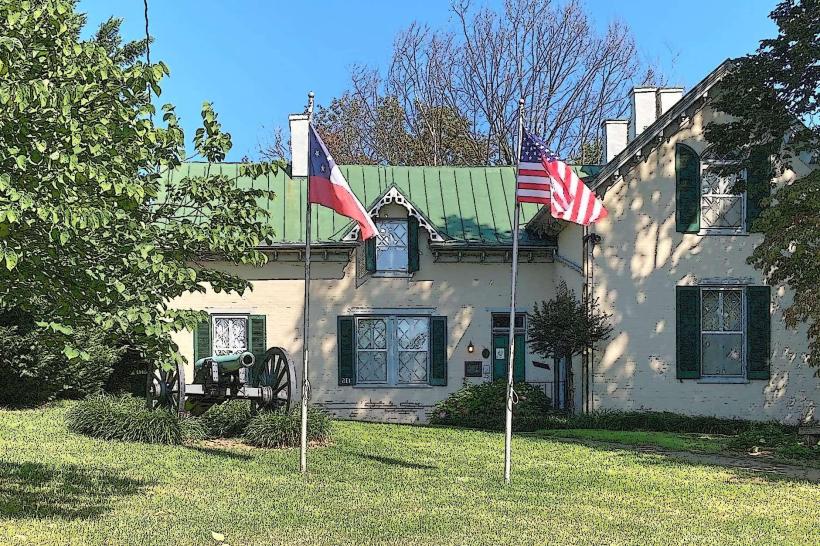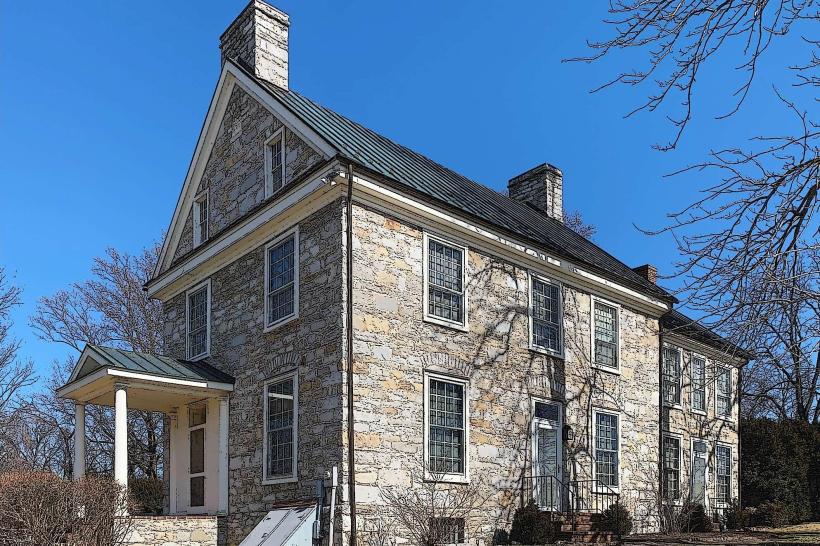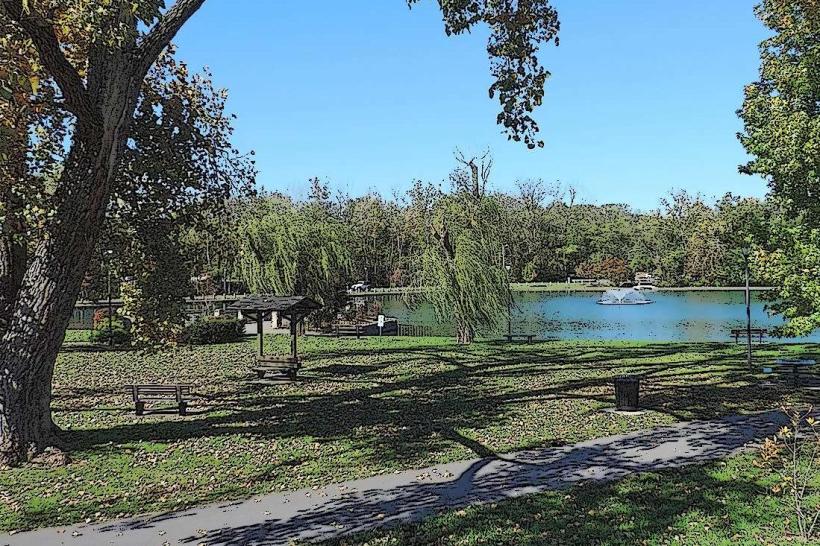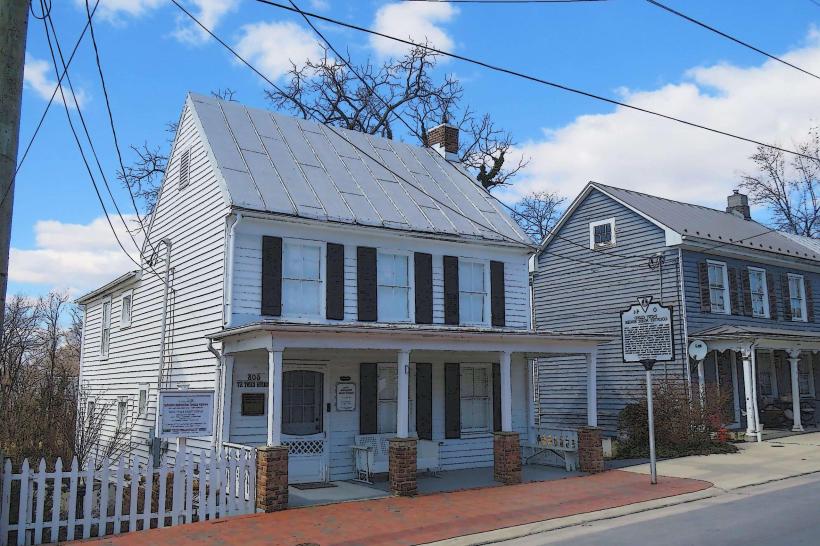Information
Landmark: Mary Washington HouseCity: Fredericksburg
Country: USA Virginia
Continent: North America
Mary Washington House, Fredericksburg, USA Virginia, North America
Overview
At 1200 Charles Street in Fredericksburg, Virginia, the Mary Washington House stands carefully preserved, offering a vivid glimpse of 18th‑century colonial life and the personal story of Mary Ball Washington, George Washington’s mother, from the creak of its vintage floorboards to the sunlight spilling through wavy glass panes, in turn this house mattered not just as the home of an influential figure in early American history, but also as a beautifully restored piece of colonial life-wooden shutters, wide-plank floors-offering a vivid glimpse into the social and family world of the Washingtons during the Revolutionary era.In 1772, George Washington bought a modest yet comfortable brick house for his mother, Mary Ball Washington, so she could be close to his sister, Betty Lewis, who lived just down the road at Kenmore Plantation, in turn they wanted Mary near her family in her later years, a choice rooted in the deep bonds that had shaped Washington’s own life-like the warm Sunday dinners he cherished growing up.Mary called this house home from the early 1770s until she died in 1789, its wooden floors worn smooth beneath her steps, in conjunction with the house stood at the center of some of the young nation’s most pivotal moments; one April morning in 1789, George Washington accepted his mother’s quiet blessing there before setting out for his inauguration as the first President.In town, everyone knew Mary Washington for her fierce spirit and the way she never missed a Sunday dinner with her family, simultaneously she loved her garden, and even in the chaos of the Revolutionary War, she was out there pruning roses and pulling weeds with steady hands.Local lore recalls the Marquis de Lafayette, George Washington’s trusted ally, stopping by to glimpse Mary as she tended her roses, a visit that spoke volumes about her standing, moreover over the years, the house welcomed a stream of notable guests-John Marshall, Thomas Jefferson, George Mason-along with members of Virginia’s influential Lee family, their voices once drifting through its wooden halls.These visits weave the house more tightly into the larger story of colonial and revolutionary America, like threads pulled through a worn but vivid tapestry, simultaneously built in 1761, the Mary Washington House began as a modest two-story brick cottage, its rooms arranged in a straightforward plan much like those found in middle-class colonial homes.After Mary died in 1789, the house was expanded to include a glowing fresh parlor, a change that echoed the era’s shifting tastes and practical needs, in addition though simple in design, the house highlights hallmark elements of colonial Virginian architecture-windows set in perfect symmetry, brick walls laid in a neat Flemish bond, and a gabled roof that catches the afternoon sun.The house feels close and welcoming inside, with rooms arranged just right for a modest family-like a cozy kitchen where everyone can gather around the table, also it first held a petite kitchen, a cozy parlor, and bedrooms laid out to give space for quiet moments as well as lively gatherings.They’ve kept the original wood paneling polished, the fireplaces intact, and the heritage brass hardware gleaming, so visitors can feel the warmth and craftsmanship of an 18th‑century home, alternatively in the late 1800s, the Association for the Preservation of Virginia Antiquities-now called Preservation Virginia-stepped in to save the Mary Washington House from demolition, keeping its whitewashed walls and quiet garden intact.In 1890, the APVA bought the property, then spent years restoring its worn floors and faded walls, finally opening it in 1903 as one of the nation’s first historic house museums, furthermore in 2013, Washington Heritage Museums took over care of the house, adding it to their collection of historic Fredericksburg sites tied to the Washington family, including one with worn brick steps leading to a creaky front door.The Mary Washington House is set up like an 18th-century home, filled with furniture from the era and Mary Washington’s own belongings-her “best dressing glass,” a gleaming mirror, and everyday household objects that bring her daily life into sharp focus, meanwhile the museum keeps Mary’s bedroom just as it was and maintains the parlor built after she passed, letting visitors glimpse how the use of rooms in timeworn houses changed over time.Upstairs, you’ll find more bedrooms and a minute interpretive room where the scent of timeworn wood lingers as you learn about the house’s preservation history, therefore the museum focuses on engaging programs that bring Mary Washington’s life to light, set against the bustle and customs of colonial days, while highlighting how women shaped early American society.It weaves Mary’s personal journey into the broader sweep of American history, threading in miniature, vivid moments like the sound of train whistles in the distance, equally important mary Washington’s love of gardening lives on in the restored house grounds, where neat boxwood borders and heirloom blooms echo the style and plantings of the 18th century, in a sense In the garden, neat rows of flowers and vegetables sit inside formal beds edged with boxwoods, and brick paths weave them together like warm, sunbaked lines, as a result this design boosts the property’s beauty and also tells the story of colonial horticulture, recalling neat rows of herbs and flowering borders from the era, not entirely In the garden stands a sundial carved from Aquia stone, likely from Mary Washington’s era or shortly after, its weathered face marking time while lending a period charm to the space, likewise in the garden, visitors can behold how vital gardening was in colonial homes-fresh herbs for the table, and quiet afternoons spent tending the soil.At the Mary Washington House, visitors step into a carefully preserved home where guides share vivid stories of Mary Washington’s life, the Washington family, and the colonial era-sometimes pointing out the creak of an original floorboard beneath your feet, and you can wander the gardens on your own, step inside the neighboring kitchen built in 1804, and explore replicas like a moss-covered wellhouse that bring the estate’s early days to life.You can visit the house Monday through Saturday from 11 a.m, therefore to 4 p.m, and Sundays from noon until 4, maybe Admission’s affordable, with reduced prices for teens and no charge at all for kids under six, besides you can book group tours ahead of time, which makes the site a great spot for school trips-imagine students gathered by the classical stone arch, notebooks in hand, loosely The Mary Washington House belongs to the Washington Heritage Museums, a group that also cares for several other historic spots tied to the Washington family around Fredericksburg, from brick townhouses to quiet garden courtyards, while with a Heritage Pass in hand, visitors can step into several museums, tracing the region’s colonial past-from creaking wooden floors to faded maps-at their own pace.The Mary Washington House is a cherished piece of history, keeping alive the story of George Washington’s mother and offering a vivid inspect at 18th-century life in Virginia-right down to the creak of its wooden floors, after that the building’s true-to-era design, paired with the meticulous restoration of its sunlit rooms and blooming gardens, lets visitors feel a close, almost tangible link to the past.The site’s history runs deep, from quiet family gatherings under the aged oak tree to visits from foundation members.
Author: Tourist Landmarks
Date: 2025-10-05


